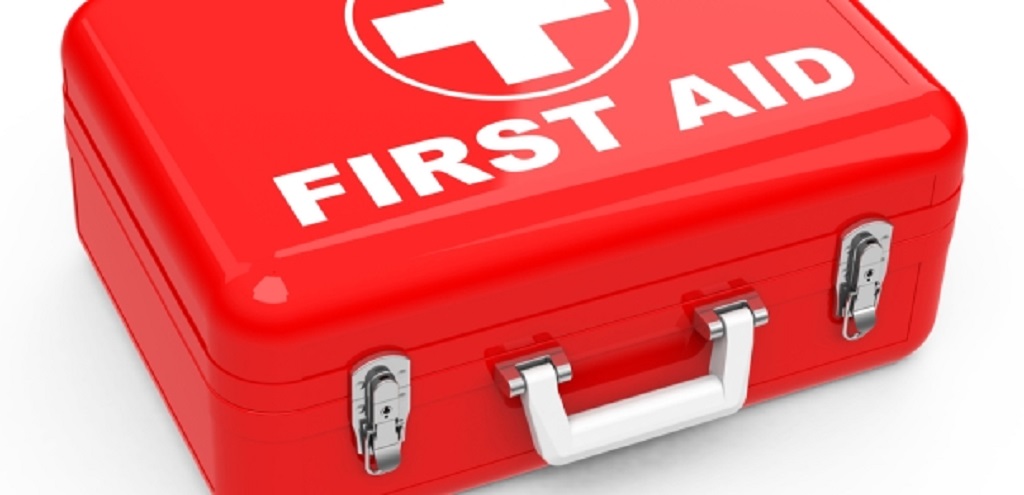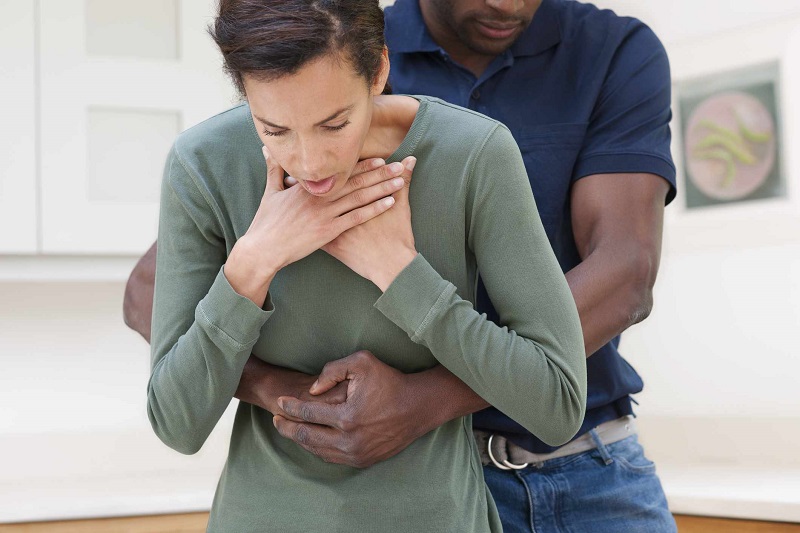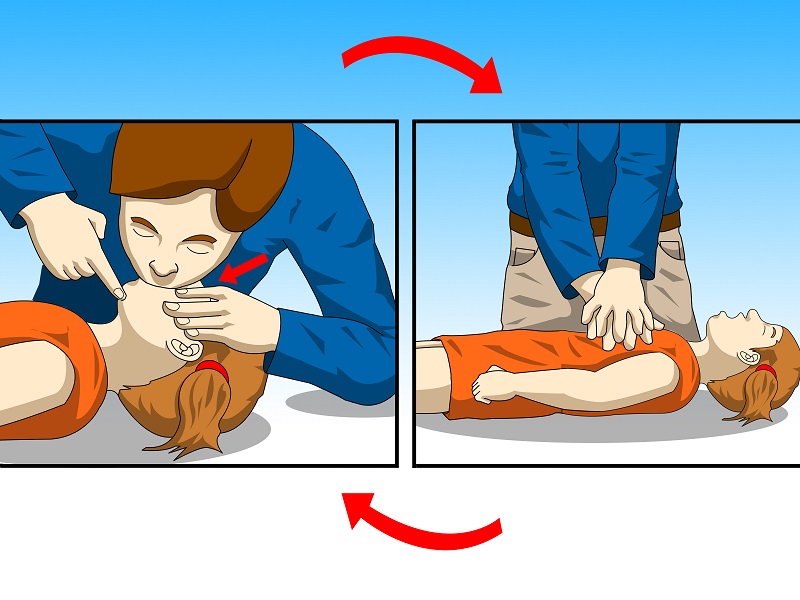
First Aid Measures refer to the crisis or immediate care you should give when an individual is harmed or sick until complete medical treatment is accessible. For minor circumstances, first aid care might be sufficient. For major issues, first aid care should be continued until further advanced care becomes available.
First aid is fundamental to saving lives. An individual can do first Aid after a hazardous incident or injury before the appearance of emergency services.
Injuries are unavoidable in emergency circumstances. There's a chance you will get injured by anything that's causing the crisis; for example, you could get struck by toppling debris during an earthquake, or you could get burned in a fire. But wounds are additionally supported during the panic that results in a crisis. In a hurry to move away from risk, you could sprain your ankle or experience a fresh wound. Thus, whether you are in nursing school or want to know how to help individuals when they need assistance, learning a portion of the typical applications of emergency treatment is fundamental.
Instructions to Practice First Aid Measures
The most well-known term referred to in first Aid is ABC. This represents the airway, breathing, and circulation. A fourth step will show up in the crisis systems for certain facilities.
Airway: Make sure the airway is clear. Choking, which results from the obstruction of airways, can be deadly.
Breathing: Once the airways are affirmed honestly, decide if the individual can inhale and, if vital, give rescue breathing.
Circulation: If the individual engaged in the crisis circumstance isn't breathing, the first aider should go straight for chest compressions and rescue Cardiac Arrest or breathing. The chest compressions will promote circulation. In crises that are not hazardous, the first aider needs to look for the pulse.
Deadly Bleeding or Defibrillation: Some associations think about dressing extreme injuries or applying defibrillation to the heart in a fourth stage, while others incorporate this as a feature of the circulation step.
Assessing and maintaining ABC with a patient relies upon the preparation and experience of a first aider. When ABC has been secured, the first aider can focus on any extra medicines.
This mentioned-above ABC cycle of First Aid should be completed in a specific order.

Here Are the First Aid Measures That Can Save Your Life
The “Three P's”
The “Three P's” are the essential first Aid. These objectives could appear excessively basic; however, they're straightforward deliberately. At the point when somebody is harmed, it's all-too-simple to overreact and forget how you want to give help. The Three P's help you to remember the very essentials: share your best to save the individual's life; give your very best to hold them back from supporting other wounds; give your very best to assist them with healing.
Choking
Choking due to a Tracheal Blockage can prompt unconsciousness or even demise. Before doing anything, essentially inquire as to whether they are blocking. If somebody is coughing or talking, they aren't choking. If they are inert or display any of the above signs, continue with the Heimlich.
Treating Cuts and Scrapes
Blood is an indispensable part of our bodies. When somebody is dying, you need to forestall as much blood from leaving their body as possible. Try and track down a clean cloth or bandage. Apply gentle pressure for 20 to 30 minutes. Furthermore, if somebody has a nosebleed, have the individual lean forward. Press a fabric against the nostrils until the bloodstream stops.
Burns
The initial step to treating a burn is to stop the burning process. Chemicals should be cleared off. Electricity should be switched off. The heat should be chilled off with running water. Those with sun-related burns should be covered up or go inside.

Allergic Reactions
It happens when your body is overly sensitive to a foreign substance. Honey bee stings, certain food varieties, or medication ingredients can cause allergic reactions. Anaphylaxis is a life-threatening allergic reaction that those referenced allergens can bring about. The most effective way to treat an allergic reaction is to utilize an EpiPen. The epinephrine typically curbs the impacts of the hypersensitive response.
Hyperventilation
It is unnatural, quick or deep breathing, regularly caused by nervousness, encountering an emotional upset or a history of panic attacks. To stop hyperventilation, utilize a paper bag and have the casualty inhale into a paper bag for a few minutes. If you don't have a paper bag, bare hands will do. Have the individual cup their hands over the mouth and nose and breathe in and out for five minutes.
The End
So, even if you have any formal medical training, knowing the basics of First Aid Measures can help with limiting pain, preventing severe wounds, or potentially saving a life. These abilities are something everybody can master, and it's positively fundamental for improving Health safety in the workplace, at school, and at home.
